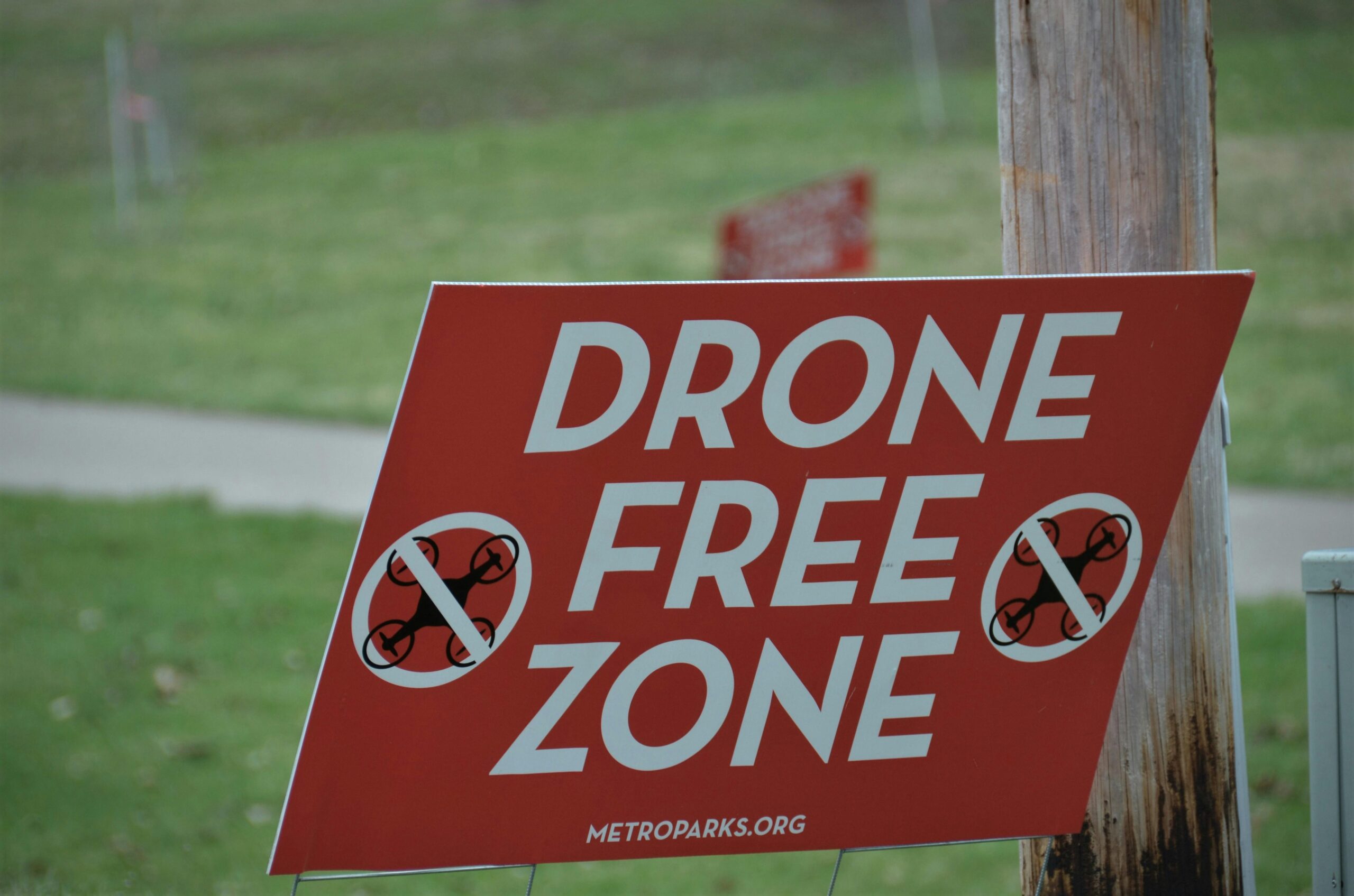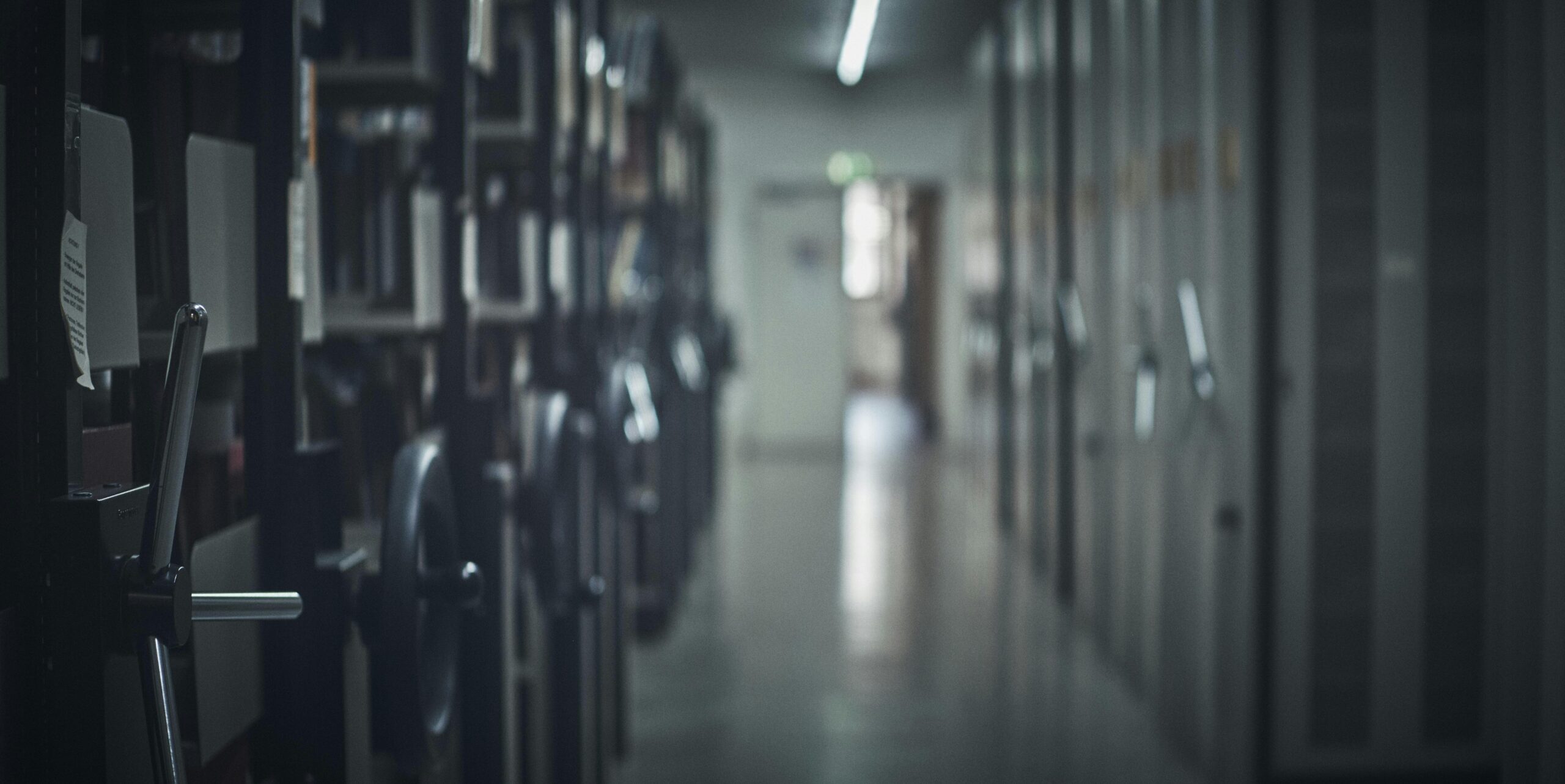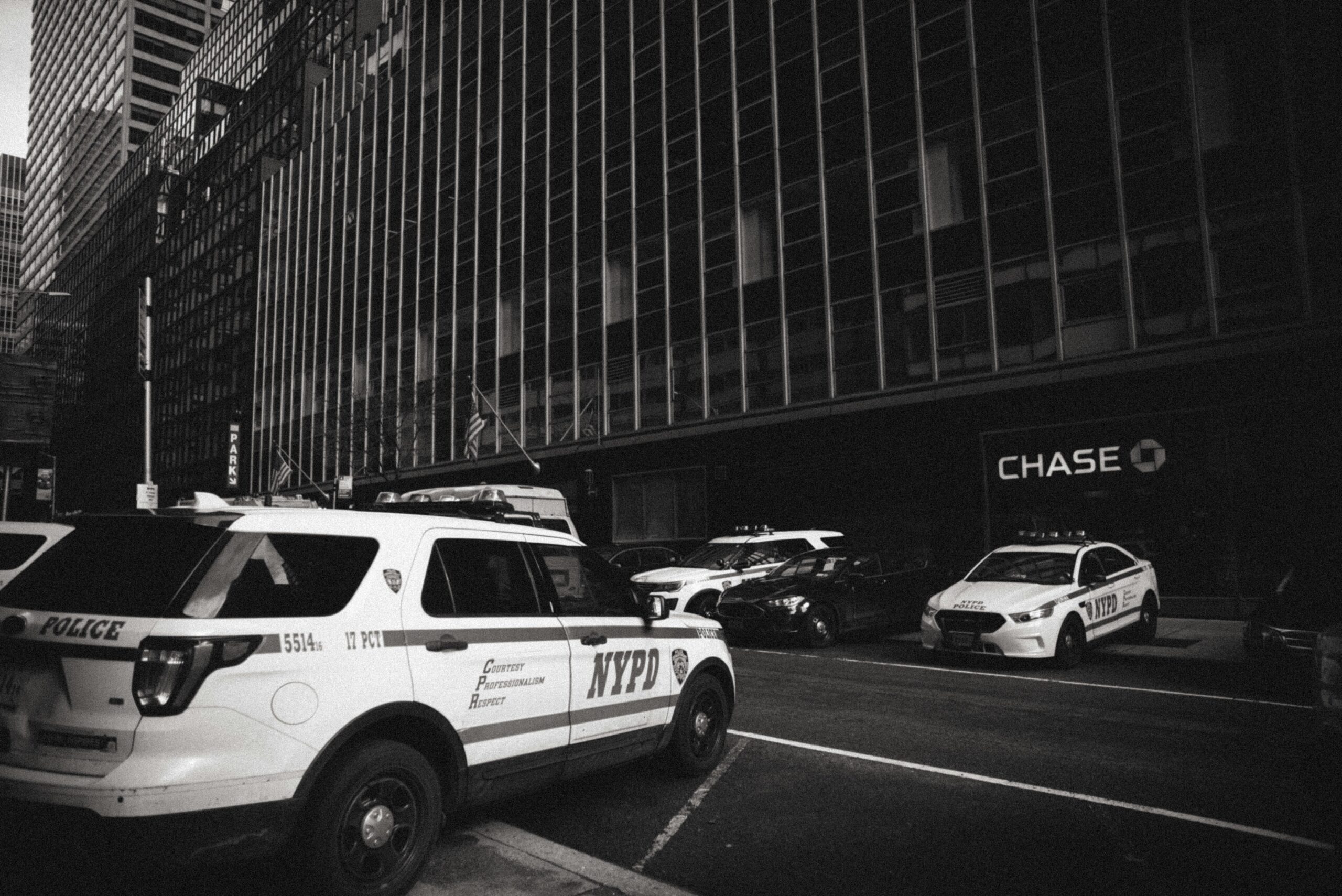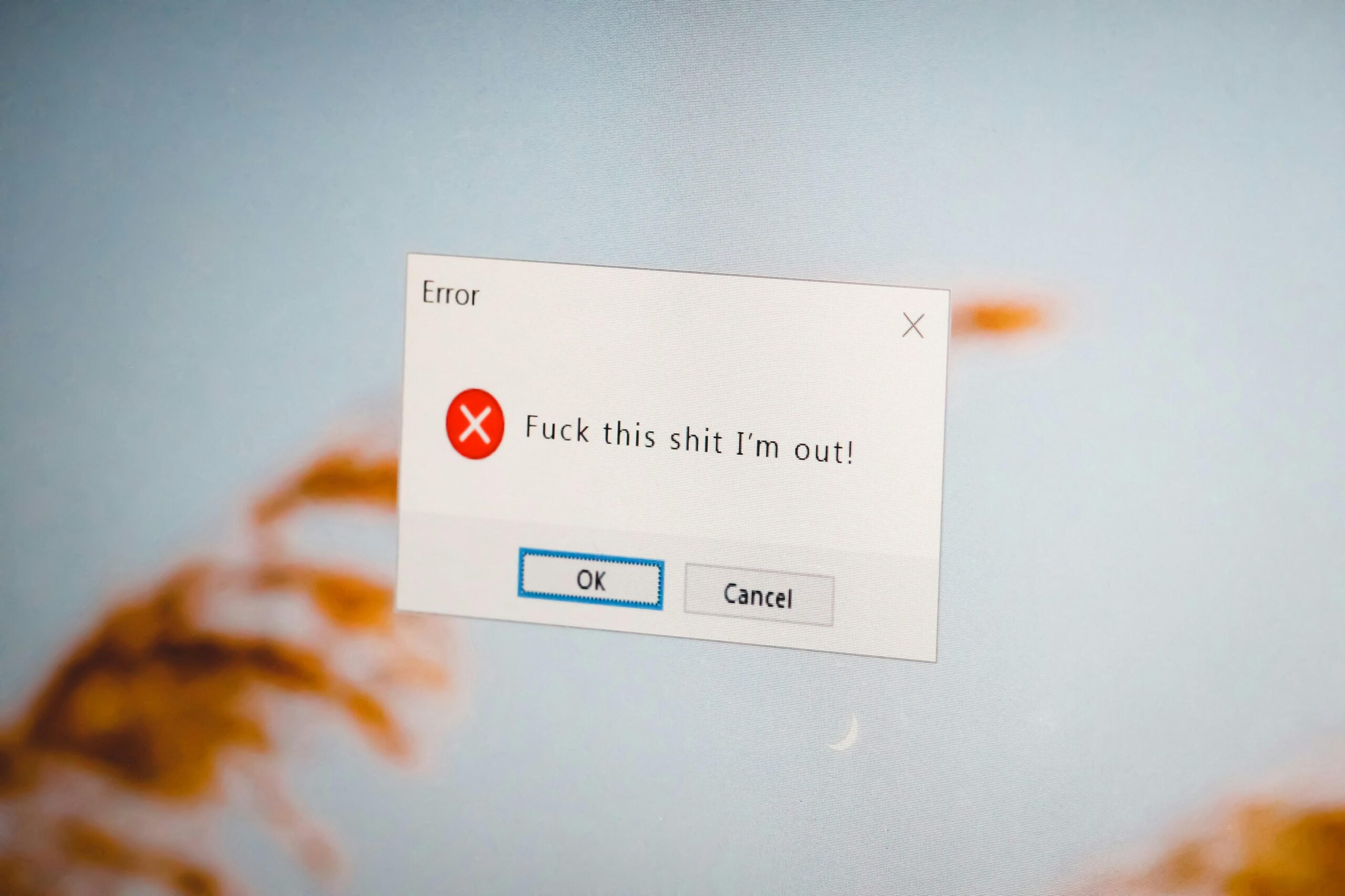Imagine a world where police can monitor large crowds, track down suspects, and gather crucial evidence—all from the sky. Thanks to the rise of drone technology, that world isn’t far off anymore. Law enforcement agencies across the globe are increasingly turning to drones to revolutionize the way they conduct surveillance, making their operations faster, safer, and more efficient. But how exactly are these buzzing machines changing the game? Let’s dive into the fascinating ways drones are transforming law enforcement surveillance, and what it could mean for the future of public safety.
Table of Contents
- The Rise of Drone Technology in Modern Policing
- Unlocking New Surveillance Capabilities from the Sky
- Balancing Privacy Concerns with Effective Law Enforcement
- Best Practices for Integrating Drones into Police Operations
- To Conclude
The Rise of Drone Technology in Modern Policing
The integration of drone technology into law enforcement has revolutionized traditional surveillance methods, offering unprecedented aerial perspectives and real-time data transmission. These agile devices navigate complex urban landscapes or remote rural areas with ease, providing officers with high-resolution imagery and thermal scanning capabilities that were once limited to helicopters and stationary cameras. Such advantages not only enhance situational awareness but also improve officer safety by allowing risks to be assessed from a distance before engaging directly.
Modern policing agencies are leveraging drone technology for a variety of critical applications, including:
- Monitoring large public events to prevent and respond swiftly to incidents
- Tracking and apprehending suspects during pursuit situations
- Conducting search and rescue operations in challenging terrains
- Gathering intelligence for crime scene analysis and evidence collection
The seamless integration of these tools with AI-driven analytics also enables predictive insights, helping departments allocate resources more strategically than ever before. This transformation brings a curious mix of excitement and debate about privacy, but undeniably showcases the future-forward path law enforcement is treading.
Unlocking New Surveillance Capabilities from the Sky
Recent advancements in drone technology are revolutionizing the way law enforcement agencies conduct surveillance. Equipped with high-resolution cameras and thermal imaging sensors, drones provide real-time aerial perspectives that ground units simply cannot match. This bird’s-eye view enhances situational awareness, enabling officers to monitor large areas quickly and discreetly. Beyond just observation, drones can navigate challenging terrains, enter hazardous zones, and track moving targets without risking officer safety.
Law enforcement agencies are also leveraging these capabilities to boost efficiency and responsiveness. Some of the game-changing benefits include:
- Rapid deployment: Drones can be launched within minutes, offering timely intelligence during emergencies.
- Cost-effective coverage: Compared to helicopters and manned aircraft, drones require less operational expense.
- Enhanced evidence collection: High-definition recordings provide crucial documentation for investigations and court proceedings.
- Community engagement: With less intrusive monitoring, agencies can maintain public trust while increasing safety.
As these unmanned aerial vehicles continue to evolve, they promise to unlock even more sophisticated surveillance capabilities, reshaping law enforcement strategies in profound ways.
Balancing Privacy Concerns with Effective Law Enforcement
In the age of advancing technology, the use of drones by law enforcement agencies sparks a complex dialogue between enhancing public safety and safeguarding individual privacy. Drones provide unparalleled aerial perspectives and rapid data collection, allowing police to respond swiftly to emergencies and monitor critical situations without putting officers in harm’s way. However, the pervasive nature of this surveillance technology raises legitimate concerns about potential overreach and the inadvertent capture of sensitive personal information.
To navigate these murky waters, law enforcement must strike a careful balance by implementing transparent policies and embracing community oversight. Some pivotal considerations include:
- Clear usage guidelines: Defining strict parameters for when and how drones can be deployed.
- Data protection protocols: Ensuring footage is stored securely and access is limited to authorized personnel.
- Public engagement: Informing the community and integrating feedback to maintain trust.
By fostering accountability and respecting civil liberties, drones can evolve from being perceived as intrusive gadgets to valuable tools that enhance the trustworthiness and efficiency of law enforcement practices.
Best Practices for Integrating Drones into Police Operations
To maximize the impact of UAVs in law enforcement, agencies must embrace a strategic approach that balances innovation with accountability. First and foremost, pilots and operators should undergo rigorous training programs that cover both technical controls and ethical considerations. This ensures that drone usage stays precise and respects community privacy. Additionally, integrating drones with existing communication systems promotes seamless coordination between ground units and aerial support — enabling rapid information relay during high-stakes operations.
Establishing clear operational protocols is equally critical. Law enforcement should develop comprehensive guidelines that address flight permissions, data retention policies, and public transparency measures. Some agencies have successfully incorporated community feedback sessions as part of their protocol development, fostering trust and understanding. Furthermore, adopting advanced analytics alongside real-time video feeds allows officers to make faster, more informed decisions. Key best practices include:
- Regular system audits to maintain drone readiness and compliance.
- Data encryption to protect sensitive surveillance footage.
- Collaborations with legal experts to navigate evolving regulations.
- Community engagement initiatives to build public support.
To Conclude
As drones continue to soar higher and their technology only gets smarter, it’s clear that their role in law enforcement surveillance is just beginning to unfold. From enhancing public safety to enabling quicker response times, these airborne assistants are reshaping the way officers keep watch over our communities. Yet, with every new eye in the sky comes questions about privacy, ethics, and how we strike the right balance. One thing’s for sure: in the evolving landscape of surveillance, drones are not just flying gadgets—they’re game changers worth keeping an eye on. What advancements or challenges do you think the future holds for this fascinating tech? Let’s keep the conversation flying.











